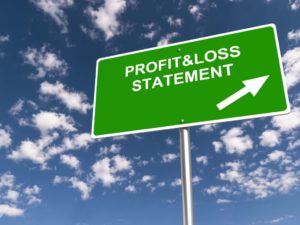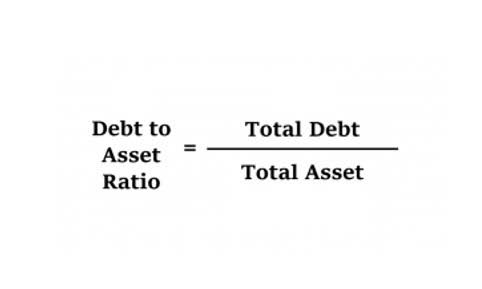
Higher working capital shows strong liquidity and greater financial stability. It usually means that there are more current assets like inventory, cash or receivables compared to current liabilities. Which suggests the company is able to cover short-term liabilities in the near future.In other ways, the increased data might also reflect excessive cash tied up in terms of inventory or unpaid receivables. The working capital formula explains the changes in certain accounts in a balance sheet. It represents the difference between current assets and current liabilities. It shows how efficiently a company manages its short-term resources to meet its operational needs.

Management
In short, measuring the change in NWC by deducting the ending period balance from the beginning period balance tends to be more intuitive in terms of understanding the impact on cash (i.e. “inflow” or “outflow”). Therefore, the efficient allocation of capital toward net working capital (NWC) increases the free cash flow (FCF) generated by a company – all else Bookkeeping for Consultants being equal. Some seasonal businesses have different working capital behavior at certain periods.
Formula:

Current liabilities include accounts payable, trade credit, short-terms loans, and business lines of credit. Essentially, working capital is the amount of money a company has available to pay its short-term expenses. Working capital is a company’s current assets minus its current liabilities. Both current assets and current liabilities are found on a company’s balance sheet. The Incremental Net Working Capital (NWC) measures the percent change in a company’s operating current assets and current liabilities relative to its change in revenue.

Why is Net Working Capital Important for My Business?
However, if the change in NWC is negative, the business model of the company might require spending cash before it can sell and deliver its products or services. Factoring with altLINE gets you the working capital you need to keep growing your business. My problem was that I was looking at the numbers too much without seeing the entire picture CARES Act of cash flow. These two last sentences are also the key to calculating owner earnings properly which I get to further below. Put another way, if the change in working capital is negative, the company needs more capital to grow, and therefore working capital (not the “change”) is actually increasing. It’s referring to the entire cycle that businesses constantly try to shorten.

Invoice Disputes: What They Are, How to Handle & Prevention Tips
- That comes at a potential cost of lower net sales since buyers may shy away from a firm that has highly strict credit policies.
- A positive net working capital indicates that your business is in good financial shape and can invest in growth and expansion.
- Sometimes you need a financial buffer or a strategic injection of funds to manage these fluctuations smoothly.
- So, the change in net working capital (\( WC \)) is -$5,000, indicating a negative change.
- Working capital is a core component of effective financial management, which is directly tied to a company’s operational efficiency and long-term viability.
- Current liabilities include accounts payable, short-term debt (and the current portion of long-term debt), dividends payable, current deferred revenue liability, and income tax owed within the next year.
Even though the payment obligation is mandatory, the cash remains in the company’s possession for the net working capital time being, which increases its liquidity. This means that on any given year where additional working capital is required to maintain the business, it should be included in CapEx. Otherwise, the rest of working capital should be excluded from owner earnings.
